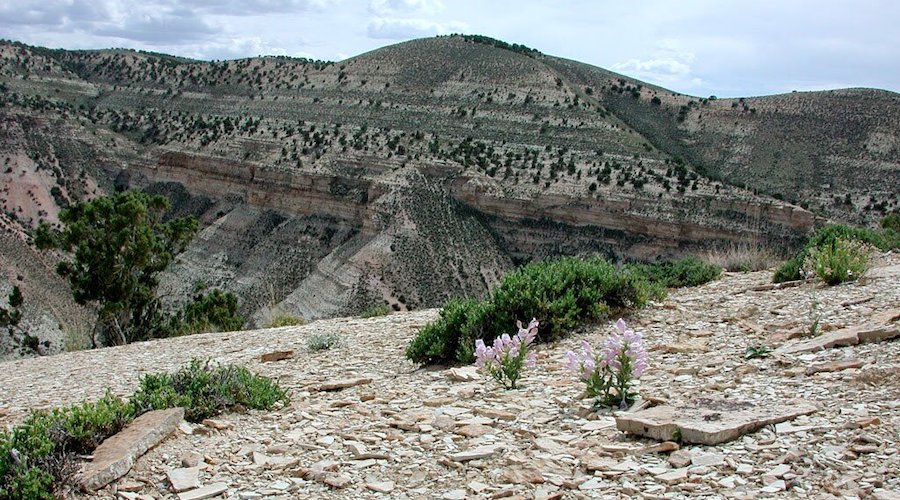New model allows for balancing rare plant protection, mine development

Researchers at Utah State University are mapping out strategies that allow balancing the emerging demand for mining and energy development projects on the Colorado Plateau and the survival of the area’s rare plant populations.
In a paper published in the journal Land, the scientists explain that the vast stretches of desert in southeastern Utah and southwestern Colorado are home to rare plants like milkvetch, beardtongue penstemon and sclerocactus, which manage to survive under the harshest of environmental conditions and, thus, are something of an ecologically niched miracle.
To ensure that at least 30% of these plant species can be protected so their respective communities can hold on to the potential for long-term survival, the research team developed a new method to model how rare plants are distributed across the Colorado Plateau, one that includes strategies for structuring energy projects to optimize the use of space to minimize their impact.
The model doesn’t work in an ecological vacuum—it considers factors like land ownership, the potential for energy extraction at a site, and biodiversity.
“The key to finding workable solutions in these kinds of circumstances is to think both like an ecologist and an energy developer, and to work within that space,” Thomas Edwards, co-author of the study, said in a media statement. “Conservation planning frameworks don’t always incorporate real-world limiting factors such as financial considerations, business risk and land ownership. But those considerations are essential for finding workable solutions. Reality-based strategies require the consideration of all these things.”
In his view and that of his colleagues, it is important to use space wisely and understand that no solution can completely meet objectives for both plant conservation and energy extraction. However, where there is direct conflict, their model can help land managers accommodate a level of balance.
The team identified and mapped specific locations where conservation actions to protect plant communities would get the most bang for their buck. They found the minimum number of sites required to cover 30% of each species at the lowest financial cost to developers. By optimizing and minimizing the number of land units slated for conservation, they were able to allow more areas to open for energy development and exploration.
This approach might require developers to move planned roads, build around certain protected areas, or drill horizontally in some places to protect a high-priority location, at some additional cost. But the model acknowledges that energy development in the area is headed toward the inevitable, and accommodates that.
“It’s not a perfect scenario,” Edwards said, “but this approach provides opportunities for a best-case scenario given the reality of circumstances.”
More News
{{ commodity.name }}
{{ post.title }}
{{ post.date }}



Comments